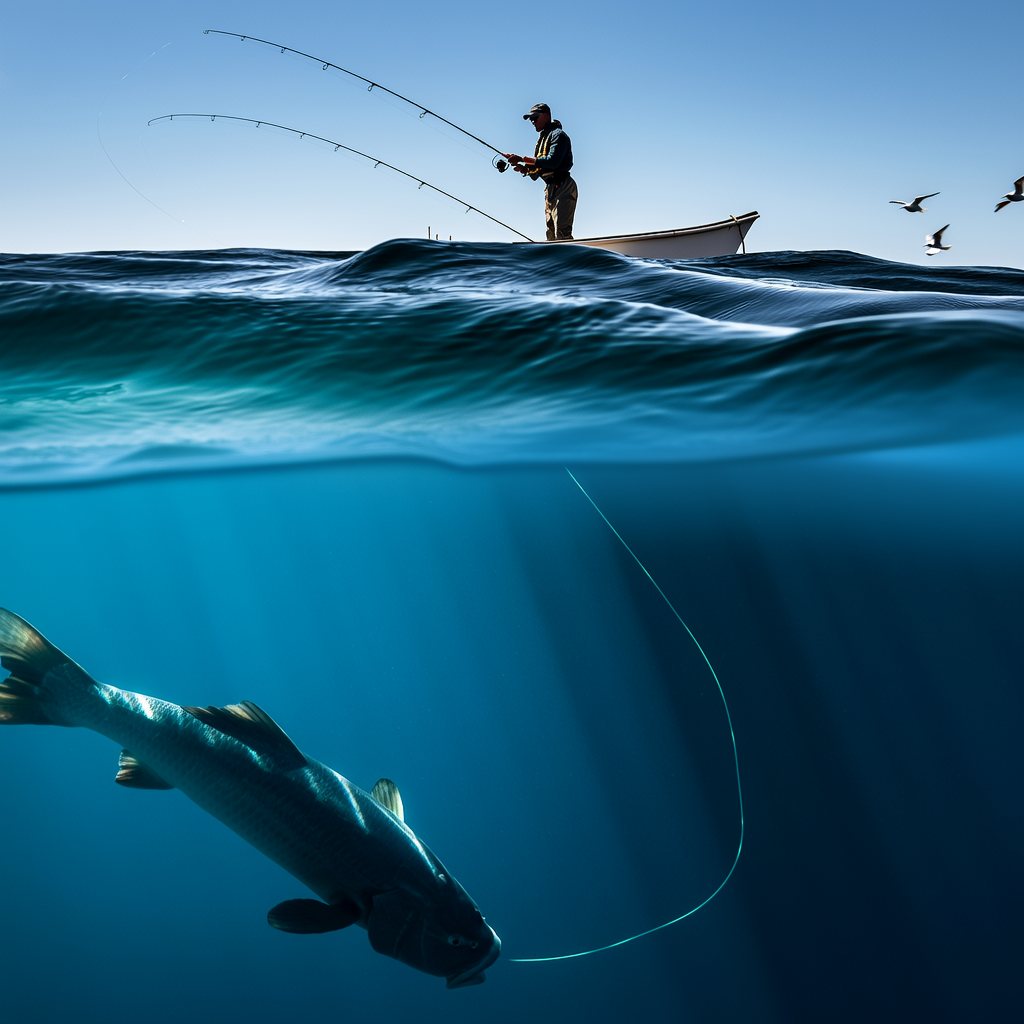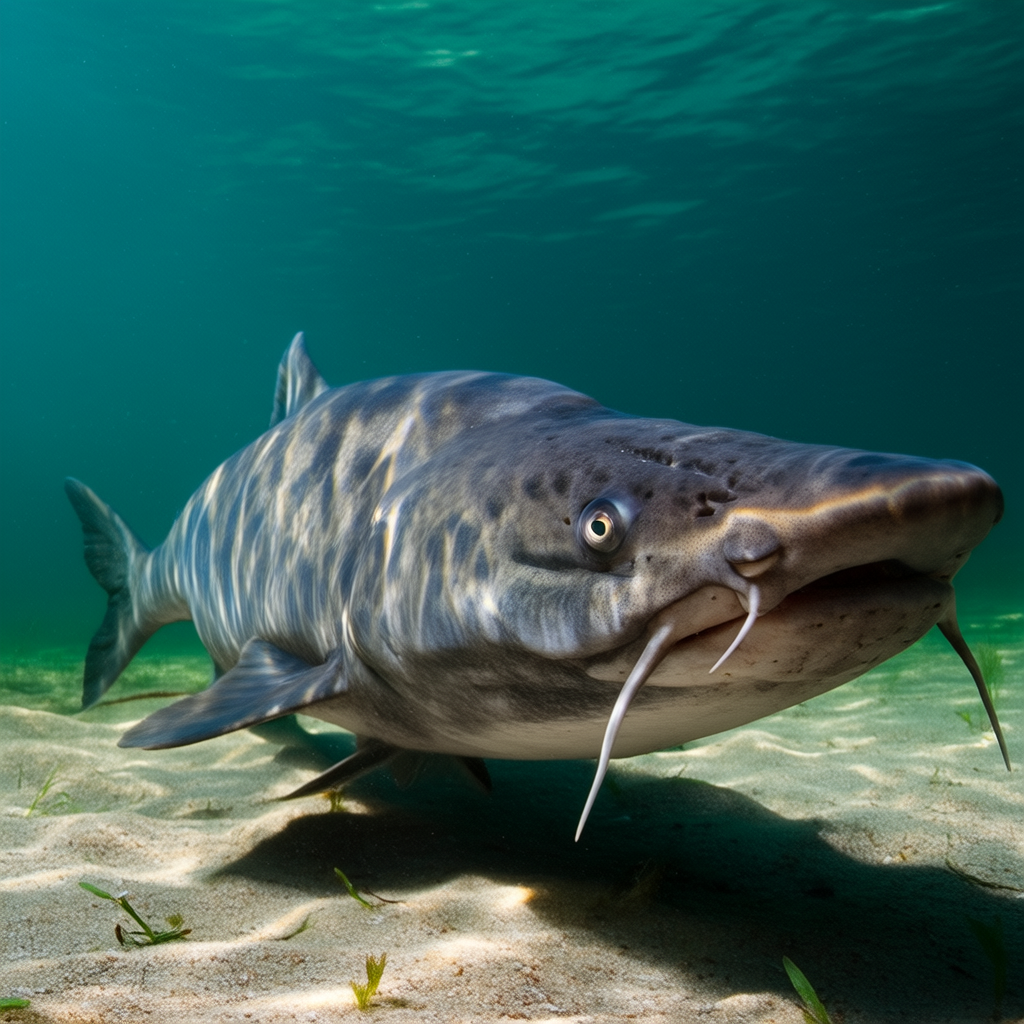The Smoky Mountains are a must-visit for any angler who wants to experience a thrilling trout fishing adventure. It’s no wonder that fishing enthusiasts flock to the Smokies every year to try and catch their next big fish.
This guide will teach you everything you need about trout fishing at the Smoky Mountains. We’ve got everything covered, from the best fishing spots to the equipment and gear you’ll need. Let’s get started!
Trout Species of the Smoky Mountains
It’s important to know the species of trout you can expect to find in the Smokies before you go fishing. The main species of trout that you’ll find on the Smoky Mountains include:
- Rainbow Trout
- Brown Trout
- Brook Trout
All three species are found in the area, but each requires a different approach to fishing.
The Best Time to Fish for Trout in the Smoky Mountains
The Smoky Mountains provide a variety of fishing opportunities throughout the year. The best time to fish for trout in the Smokies are the spring and fall.
The water is cooler, and the trout more active during these seasons. This makes it easier to catch. The scenery is also absolutely stunning during both seasons.
The summer can also be an excellent time to fish. However, you will need to go to higher elevations as lower elevations may be too hot for trout.
Winter fishing can be difficult due to the colder temperatures, and the fact that the fish are less active. However, it can still be fruitful if you know how to approach them and where to fish.
Best spots for trout fishing in the Smoky Mountains
The Smoky Mountains is awash with trout fishing spots. Some popular locations include:
- The Little River
- Abrams Creek
- Hazel Creek
- Tellico River
- West Fork Pigeon River
- Nantahala River
There are also many other streams and creeks that offer great fishing opportunities. Check with the park service if you want to make sure that you are fishing in an authorized area.
Trout Fishing Techniques at the Smoky Mountain
The Smoky Mountains have a variety of fishing methods and techniques that can be used for trout. Some popular techniques include:
- Fly Fishing is one of the most popular methods of fishing in the region. A lightweight lure designed to mimic insects is used. It is a skillful option, but it’s great for those who want to catch big fish.
- Spin fishing: This method uses spinning rods and reels to cast and retrieve an baited lure. This technique is easy to learn and can be very effective at catching trout.
- Drift fishing: This technique involves casting upstream and letting your line drift downstream naturally. Once your line is in water, you will need to reel it in and then cast again until you catch the trout.
Trout Fishing Equipment and Gear
You’ll need the proper gear and equipment if you plan to go trout fishing in Smoky Mountains.
- Fishing Rods – Depending on the type of fishing you do, you will need a fly fishing or spin rod. If you are new to fishing, it is best to start with a spin-rod.
- Reels and Lines – Your reel and line will depend on your fishing style. Fly fishing requires a separate line spool and a fly reel. Spin reels need a spinning reel.
- Leaders and Tippets are thin pieces of line used to attach your fly or lure.
- Flys and lures: These are the baits that you will use to attract your fish. The type of lure or fly you use will depend on what type of fishes you’re trying catch.
- Waders are essential if you plan to fish in the water. A pair of waders that are comfortable and dry will keep you comfortable on your trip.
- Tackle Box: A tacklebox is a great place to keep your fishing equipment organized.
Conclusion
Trout fishing is an adventure every angler must experience at least once. This guide will help you plan a trip to the Smokies that you’ll never forget. Before you go fishing, choose the best spots, techniques, equipment, and gear. Good luck and tight lines!




